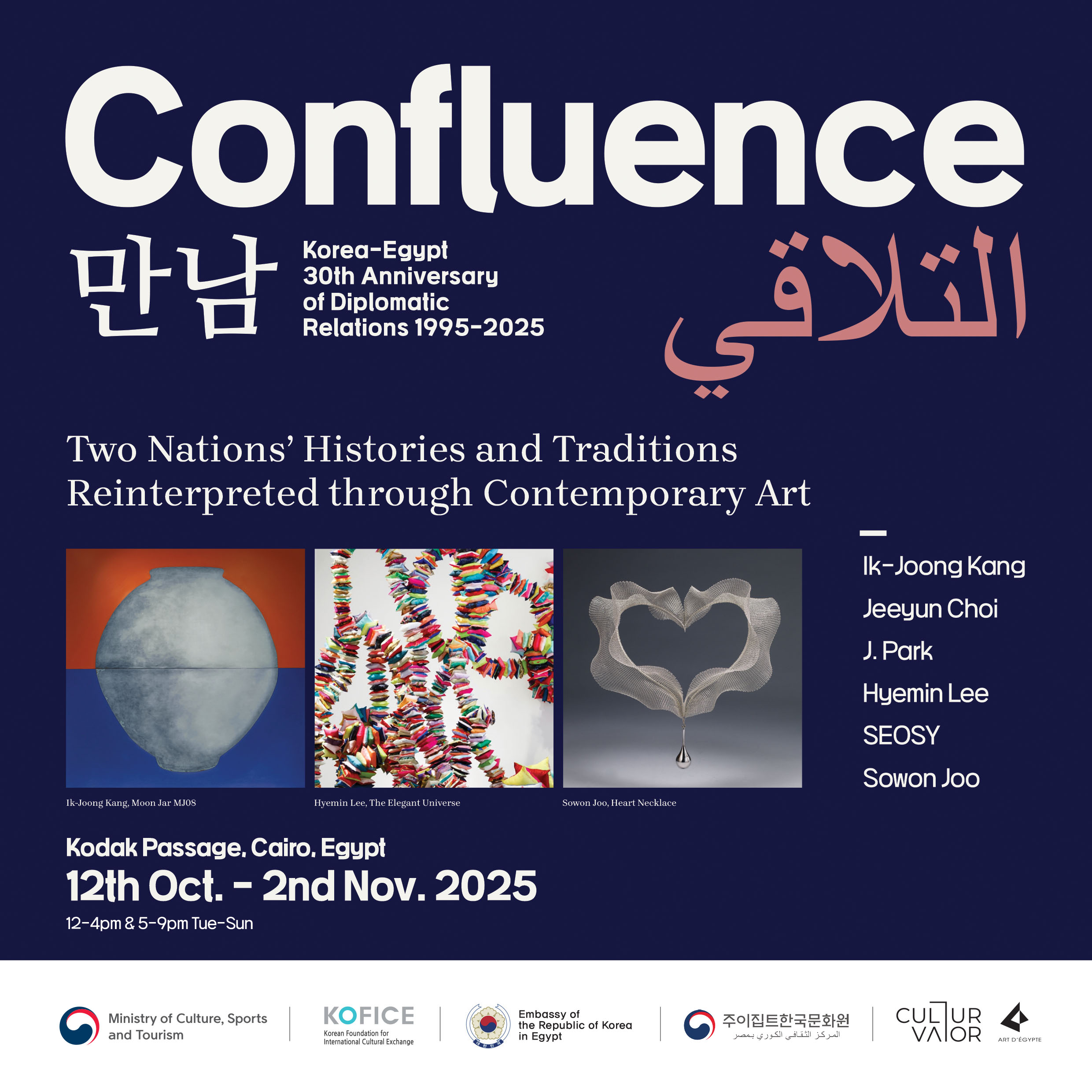
Confluence: 30 Years of Korea–Egypt Diplomatic Relations
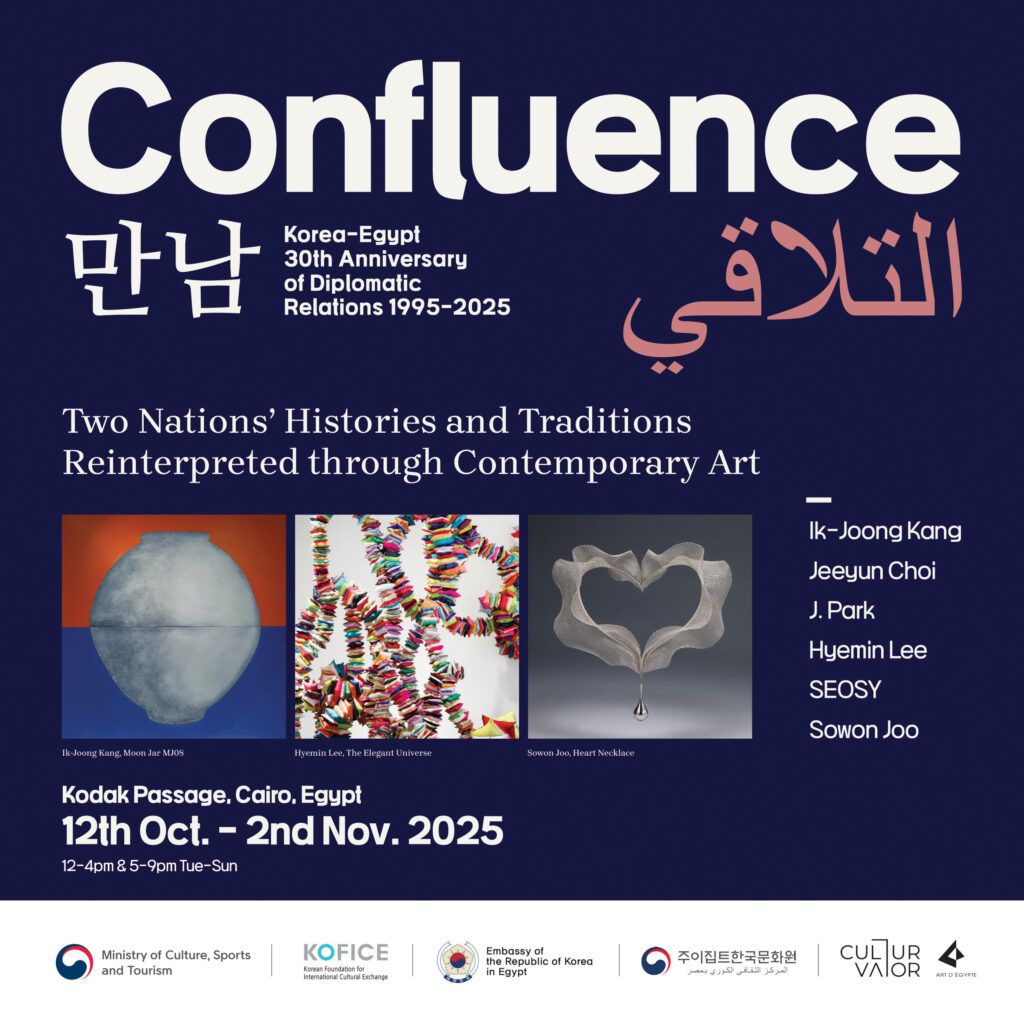 The exhibition “Confluence,” celebrating the 30th anniversary of diplomatic ties between South Korea and Egypt, brings together the two nations’ rich histories and traditions, reinterpreted through contemporary art. Both South Korea and Egypt, with civilizations stretching back thousands of years, take deep pride in their cultural identity and aesthetics. At the same time, they actively share their heritage with today’s world.
The exhibition “Confluence,” celebrating the 30th anniversary of diplomatic ties between South Korea and Egypt, brings together the two nations’ rich histories and traditions, reinterpreted through contemporary art. Both South Korea and Egypt, with civilizations stretching back thousands of years, take deep pride in their cultural identity and aesthetics. At the same time, they actively share their heritage with today’s world.
The title “Confluence” evokes the image of two rivers joining to form a new current—different cultures and times meeting to create fresh flows of meaning.
As the Guest Country of Honor at CIAD, South Korea presents six contemporary artists whose works reveal the beauty born from the confluence of tradition and modernity, the analog and the digital, Korea and Egypt. These artists show tradition not as a relic of the past but as a living force that continues to shape the present.
This exhibition is organized by KOFICE (Korean Foundation for International Cultural Exchange), an institution designated by the Ministry of Culture, Sports and Tourism of Korea to oversee international cultural exchange. This exhibition, where Korean and Egyptian cultures meet, becomes a space to remember the past, reflect on the present, and imagine an aesthetic dialogue for the future.
Participating Artists
Ik-Joong Kang
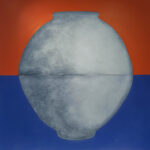
Ik-Joong Kang, Two-colored Moon Jar, mixed media on wood, 2018
Kang, well-known to Egyptian art lovers for his phenomenal public installation “Four Temples” showcased at “Forever Is Now .04″ in 2024, is internationally acclaimed for connecting the personal and the communal, history and everyday life.
In this exhibition, Kang presents his signature “Moon Jar” painting alongside furniture works that interweave Hangul (the Korean alphabet), Arabic, and Egyptian hieroglyphics. Through more than four decades of artistic exploration, Kang has consistently shown how seemingly opposite elements can coexist harmoniously, bringing people together across boundaries of culture and time.
Continuing his artistic dialogue here in Cairo, Kang introduces representative pieces that embody his lifelong themes, including furniture inscribed with the lyrics of the Korean folk song “Arirang,” written in Hangul, Arabic, and hieroglyphic script.
J. Park
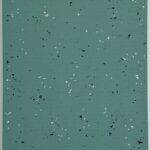
J. Park, Vertical Time I, Acrylic on canvas, 53×65.1 cm, 2025
J. Park (Jongkyu Park), a participant in this year’s “Forever Is Now,” expands the language of contemporary abstraction by bridging Eastern and Western traditions.
His work fuses the ancient inlay techniques of Korean celadon with modern acrylic painting methods. Originating in the 12th century, this inlay technique involved carving intricate patterns into the clay surface and filling them with white or black slip before glazing and firing—creating the refined contrast characteristic of Korean celadon.
Park also presents a miniature sculpture titled “Code of the Eternal,” which will be featured in Forever Is Now 2025. In this work, he interprets his signature theme of ‘noise’ in the context of the Egyptian, creating a mediative space where material, technology, and mythology converge.
Jeeyun Choi
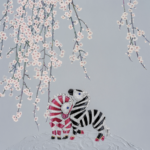
Jeeyun Choi, Much be in Love 2517, Mixed Media, gold leaf, silver leaf, melee diamond on Paper and Canvas, 60×60 cm, 2025
Choi’s work is like a poem that embraces the tender sensibilities of both East and West. Through a Korean visual language rooted in traditional painting, she explores creation and extinction, essence and eternity, interpreting the bond between nature and humanity with ecological and emotional depth. Using traditional “hanji” (Korean mulberry paper) as her canvas, she paints with various materials—sometimes depicting jewels with watercolor, and at other times incorporating real gemstones into her works.
Hyemin Lee
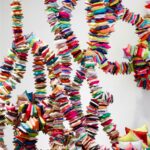
Hyemin Lee, The Elegant Universe, Fabrics. Cotton, variablw, 2010-2025
Lee is drawn to what exists in between—the intimate and the structural, the soft and the solid. Fabric, for her, is both material and metaphor: it holds warmth and memory while shaping space and form. Through textiles, she explores the balance between shelter and exposure, emotion and structure.
Working by hand—stitching, weaving, knotting—she treats these gestures as acts of care and quiet resistance in a world of speed. Using found fabrics and natural fibers, she values sustainability as recognition of material histories and the endurance of what is often overlooked. Marks of wear and imperfection become part of each work’s voice.
Her installations use fabric, light, and air to create spaces of reflection and stillness, where viewers can sense care, continuity, and the subtle strength of things made slowly by hand.
SEOSY
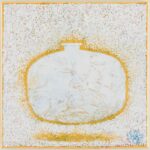
SEOSY, Heritage Code 69, Gold foil and Mixed Media with Handmade Korean paper, 52×52 cm, 2025
SEOSY incorporates gold leaf, a medium deeply rooted in human cultural history, to visualize ideals and to capture a sense of longing for ancestors, revealing how the remnants of the past are reimagined in today’s context.
She lives and works between Los Angeles and Seoul, translating Eastern philosophy into a visual language of form. Her work embodies the origins of human inquiry—questions such as Who am I? Where do we come from? Where are we going?
Rooted in the Buddhist notion of emptiness (空), her practice reflects the teaching “색즉시공 공즉시색 色卽是空 空卽是色”—“Form is not other than emptiness; emptiness is not other than form,” as articulated by the Buddhist monk and peace activist Thich Nhat Hanh. Through this lens, all beings and phenomena are perceived as interconnected, flowing within a single continuum of existence.
Each canvas is densely layered with delicate, organic fissures reminiscent of porcelain glaze or neural pathways—symbolizing the labyrinth of origins. Gold leaf, her primary medium, becomes a means of visualizing humanity’s pursuit of the ideal. Having earned a doctorate specializing in its use, SEOSY demonstrates both technical mastery and compositional precision.
Sowon Joo
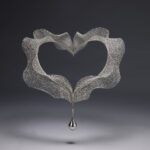
Sowon Joo, Heart necklace, sterling silver, 32x35x15cm, 2018
Sowon Joo explores the intersection of tradition and contemporary identity through her refined metalcraft practice. Through metalwork that fuses traditional Korean ornaments with modern sensibilities, pursues the encounter of everyday life and art, expressing nature’s beauty and its enduring strength.
Drawing inspiration from the hanbok and norigae—symbols of grace, virtue, and femininity in Korean culture—Joo transforms these motifs into sculptural forms that bridge the past and present.
Her works reinterpret the ornamental language of traditional attire, preserving its elegance while infusing it with modern sensibility. By employing materials such as brass, silver, and fabric, she creates delicate yet powerful compositions that evoke both nostalgia and renewal.
Through intricate craftsmanship and conceptual depth, Joo examines how cultural memory continues to evolve within modern life. Her practice ultimately reflects a dialogue between heritage and transformation, embodying the spirit of contemporary Korean aesthetics while honoring the timeless beauty and emotional resonance of traditional artistry. Joo also pursues the encounter of everyday life and art, expressing nature’s beauty and its enduring strength.

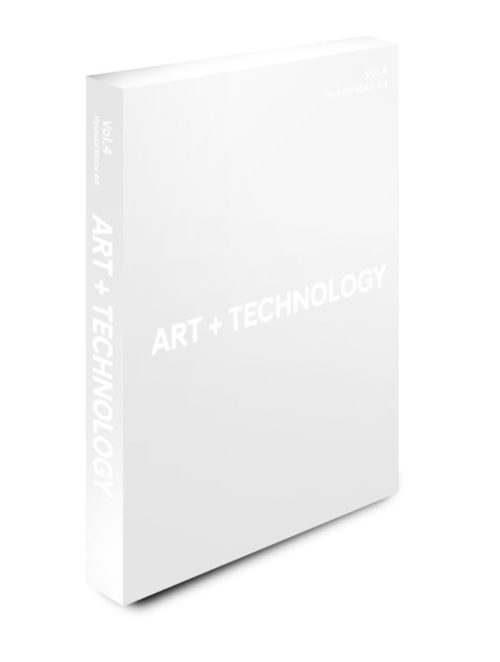
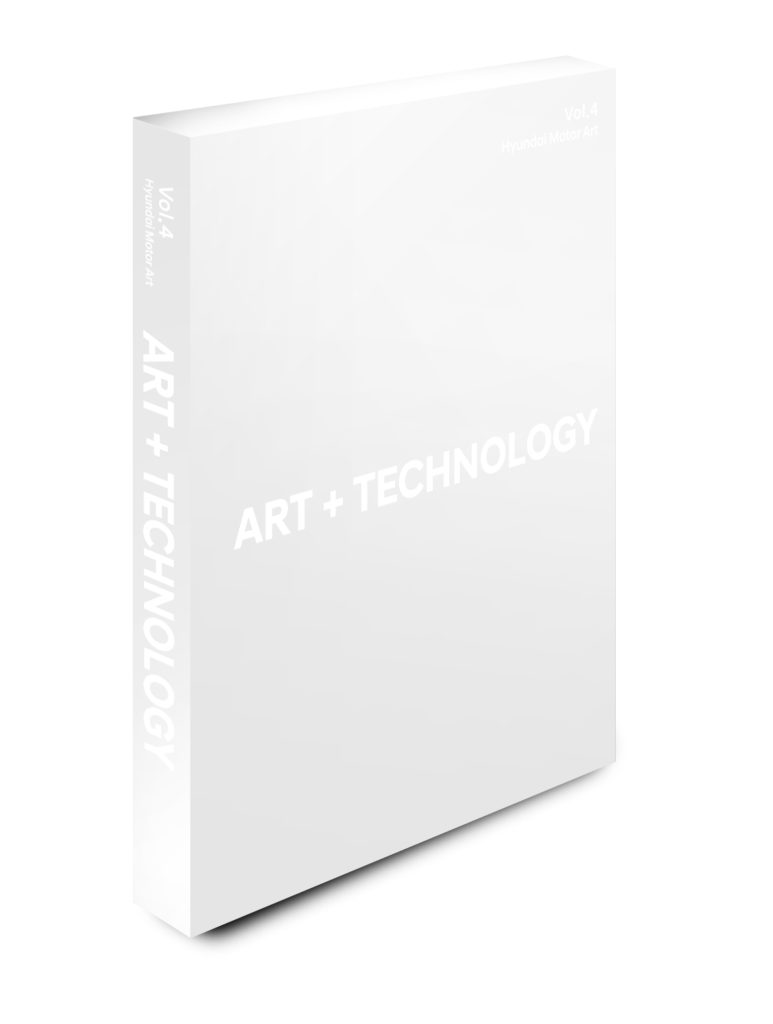 4차 산업혁명시대를 맞은 미술과 과학기술의 관계를 주제로 발간한 [Hyundai Motor Art Vol.4: Art + Technology] 책 전문을 다운 받으실 수 있습니다.
4차 산업혁명시대를 맞은 미술과 과학기술의 관계를 주제로 발간한 [Hyundai Motor Art Vol.4: Art + Technology] 책 전문을 다운 받으실 수 있습니다.
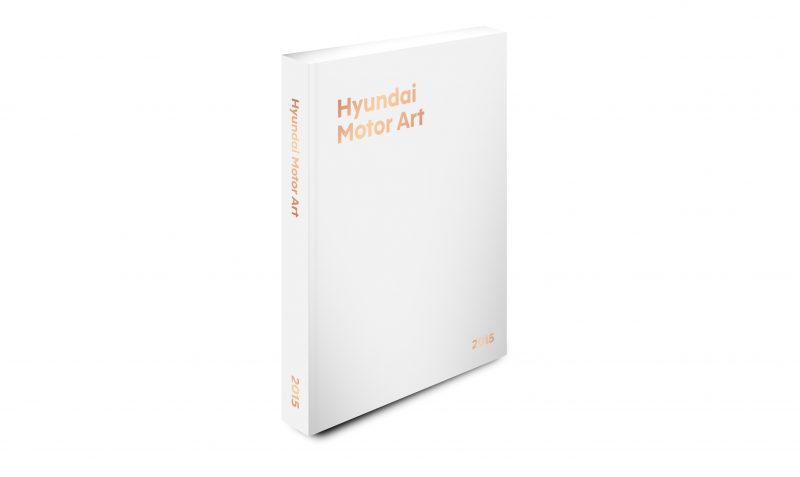
최근 댓글